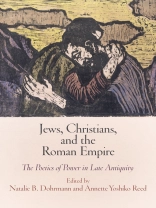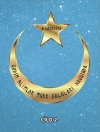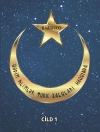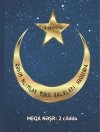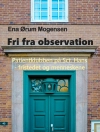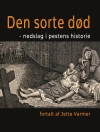In histories of ancient Jews and Judaism, the Roman Empire looms large. For all the attention to the Jewish Revolt and other conflicts, however, there has been less concern for situating Jews within Roman imperial contexts; just as Jews are frequently dismissed as atypical by scholars of Roman history, so Rome remains invisible in many studies of rabbinic and other Jewish sources written under Roman rule.
Jews, Christians, and the Roman Empire brings Jewish perspectives to bear on long-standing debates concerning Romanization, Christianization, and late antiquity. Focusing on the third to sixth centuries, it draws together specialists in Jewish and Christian history, law, literature, poetry, and art. Perspectives from rabbinic and patristic sources are juxtaposed with evidence from piyyutim, documentary papyri, and synagogue and church mosaics. Through these case studies, contributors highlight paradoxes, subtleties, and ironies of Romanness and imperial power.
Contributors : William Adler, Beth A. Berkowitz, Ra’anan Boustan, Hannah M. Cotton, Natalie B. Dohrmann, Paula Fredriksen, Oded Irshai, Hayim Lapin, Joshua Levinson, Ophir Münz-Manor, Annette Yoshiko Reed, Hagith Sivan, Michael D. Swartz, Rina Talgam.
قائمة المحتويات
List of Abbreviations
Introduction: Rethinking Romanness, Provincializing Christendom
—Annette Yoshiko Reed and Natalie B. Dohrmann
PART I. RABBIS AND OTHER ROMAN SUBELITES
Chapter 1. The Afterlives of the Torah’s Ethnic Language: The Sifra and Clement on Lev 18.1-5
—Beth A. Berkowitz
Chapter 2. The Kingdom of Edessa and the Creation of a Christian Aristocracy
—William Adler
Chapter 3. Law and Imperial Idioms: Rabbinic Legalism in a Roman World
—Natalie B. Dohrmann
Chapter 4. The Law of Moses and the Jews: Rabbis, Ethnic Marking, and Romanization
—Hayim Lapin
PART II. CHRISTIANIZATION AND OTHER MODALITIES OF ROMANIZATION
Chapter 5. There Is No Place Like Home: Rabbinic Responses to the Christianization of Palestine
—Joshua Levinson
Chapter 6. Between Gaza and Minorca: The (Un)Making of Minorities in Late Antiquity
—Hagith Sivan
Chapter 7. Christian Historiographers’ Reflections on Jewish-Christian Violence in Fifth-Century Alexandria
—Oded Irshai
Chapter 8. Narrating Salvation: Verbal Sacrifices in Late Antique Liturgical Poetry
—Ophir Münz-Manor
Chapter 9. Israelite Kingship, Christian Rome, and the Jewish Imperial Imagination: Midrashic Precursors to the Medieval ‘Throne of Solomon’
—Ra’anan Boustan
PART III. CONTINUITY AND RUPTURE
Chapter 10. Chains of Tradition from Avot to the Avodah Piyutim
—Michael D. Swartz
Chapter 11. Change in Continuity in Late Legal Papyri from Palaestina Tertia: Nomos Hellênikos and Ethos Rômaikon
—Hannah M. Cotton
Chapter 12. The Representation of the Temple and Jerusalem in Jewish and Christian Houses of Prayer in the Holy Land in Late Antiquity
—Rina Talgam
Chapter 13. Roman Christianity and the Post-Roman West: The Social Correlates of the Contra Iudaeos Tradition
—Paula Fredriksen
Notes
Select Bibliography of Secondary Sources
List of Contributors
Index
Acknowledgments
عن المؤلف
Natalie B. Dohrmann is Associate Director of the Herbert D. Katz Center for Advanced Judaic Studies and Adjunct Professor of Religious Studies and Jewish Studies at the University of Pennsylvania. She is the coeditor of Jewish Biblical Interpretation and Cultural Exchange: Comparative Exegesis in Context, also available from the University of Pennsylvania Press. Annette Yoshiko Reed is M. Mark and Esther K. Watkins Assistant Professor of Humanities in the Department of Religious Studies at the University of Pennsylvania, author of Fallen Angels and the History of Judaism and Christianity, and coeditor of The Ways That Never Parted: Jews and Christians in Late Antiquity.
